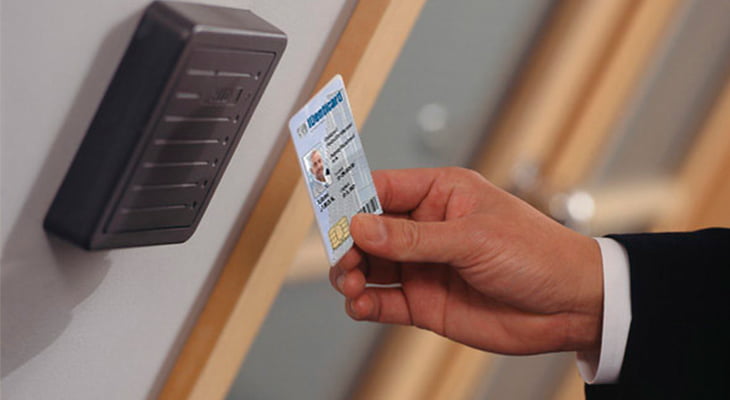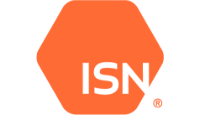
Access control is a system that gives authority to a specific person to have control over some doors they need to secure. If there’s an area in your company where only a few authorized members should be allowed to enter, then you can install an access control system. This system minimizes the risk of a security breach in a business. When installed, you can use keycards, biometric scanners, fobs, etc. at the place of installation to accept or deny access. Every time someone uses the biometric scanners or card readers, the entry is recorded and makes it easy to keep track of everyone’s entry and exit time. Here are the three types of access control systems that are used throughout most offices in Calgary.
Discretionary Access Control (DAC)
An owner of the company has the power of deciding the number of people to be allowed in a specific location. DAC has the most number of allowances compared to other access systems. DAC gives an individual complete control over the network and files to the end-user. The end-user has access to change the level of security for another user. This leads to malware being created without the knowledge of the end-user.
Mandatory Access Control (MAC)
Mandatory access control is the most strict option and more commonly used in the organizations that have confidential and classifications of data such as military and government offices. Only owners and custodians have management access across the systems. Based on the settings created by system administrative, it has control over all the doors. MAC will classify all the end-users and tag them, which permits them through security with established guidelines. MAC doesn’t allow any individual to grant or deny entry throughout the facility by changing permits.
Role-Based Access Control (RBAC)
It is the most demanded among the three access control systems in households and businesses. RBAC is also known by the name non-discretionary access control. It grants access and entry to the employees based on their job role in the organization. Their job roles define the limitations to the entry or exit and also the number of exits in a day. The permission is not assigned to any individual as a security manager. The security manager role already has access to the control. So, after someone gets promoted, the job role gets access to the system, not the individual. It is considered as the most sought-after system.
As you saw, there are three access control systems that you can use in your organization. But only after considering some factors, you can derive which system to use. See the scale of your business, the number of employees, and the kind of data you have. After considering all these factors, opt for one access control system that fits your needs and expectations.










